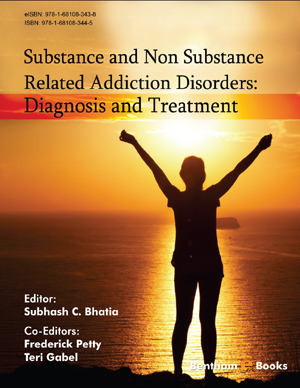Abstract
Dual diagnosis exists when there is a substance use disorder occurring in conjunction with another non-substance mental health diagnosis. The presence of dual diagnosis is common and poses significant challenges to health care providers, due to both the increased severity and poorer treatment outcomes compared to when there is a single condition. Substance use disorders may develop in response to a mental health condition, although this is not always the case. A key diagnostic task is to conduct a thorough assessment that considers a full range of issues. Treatment should attempt to address both aspects of a dual diagnosis in an integrated and coordinated manner. If this is not possible, treatment for both conditions should at least be concurrent. This is in contrast to past perspectives embracing a sequential approach. Treatments for dual diagnoses are effective and may include a variety of interventions including psychotherapy, pharmacotherapy, and community self-help groups. The current chapter utilizes a case example to illustrate many of the relevant issues.
Keywords: Assessment, Comorbid conditions, Comorbidity, Dual diagnoses, Dual diagnosis, Substance use disorder, Treatment.


















